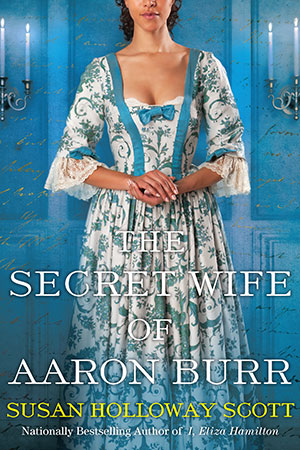Served up fresh: our weekly offering of Breakfast Links! Our favorite links to other blogs, web sites, pictures, and articles, collected from around the Twitterverse.
• It’s 2012, the year of the Queen's Diamond Jubilee - read about Queen Victoria's Jubilee celebration: http://bit.ly/vatUMq
• The incredibly elegant costumes of Francisco de Zurbarán's 1598–1664 female saints - http://bit.ly/kEqYjR
• 19th century daugerreotype portraits of dogs: http://bit.ly/tKAURP
• Ever considered becoming an 18th tailor? Colonial Williamsburg is looking for a new apprentice: http://bit.ly/vMog06
• Lord Byron was one of the first diet icons, says historian Louise Foxcroft http://tinyurl.com/86hus2t
• If you're hooked on DowntonAbbey, you'll love these 1910s dresses http://bit.ly/rMlAqf
• George VI Coronation portrait early example of 'photo-shopping' http://tgr.ph/yn6XGA
• Fascinating - scientists ID head of French King Henri IV http://on.msnbc.com/AwenwG
• The handwritten prayer book love notes sent by Henry VIII to Anne Boleyn before they married http://bit.ly/wFtgWO
• Favorite vintage photo of the week:Top hats & a big gun on the beach c1856: http://bit.ly/wrflM1
• Locavore aristocrats prefer calves heads to beef-stakes for Sunday dinners, 1750 http://bit.ly/x50XCN
• Isaac Newton's sins, 1662: note #2, #8, and #25 http://bit.ly/yWjkPo
• 17th Century Arctic exploration, murder, and polar bears on Bankside http://bit.ly/wO5Wae
• Maria Cosway (née Hadfield) 1759 - 1838, painter, socialite, and a real looker! http://bit.ly/Azf65e
• Spongata - An Italian Minced Pie in Georgian London, 1820: http://bit.ly/A7zN7P
• Jane Austen's History of England as an ebook: http://bit.ly/AEdeOf
• Lincoln and angels/ages: the impossibility of getting at truth in accounts of the past http://bit.ly/zYB1IW
• The baroque interiors at Tredegar House, Newport, are astonishing: http://bit.ly/wCtIFX






 One of us --
One of us -- 


